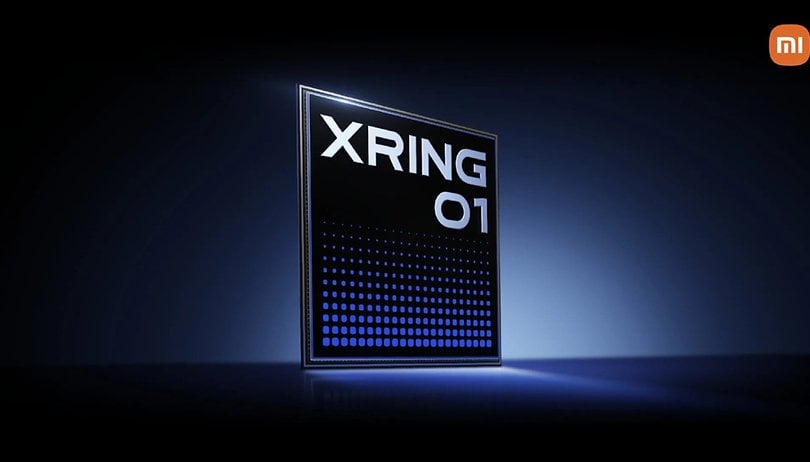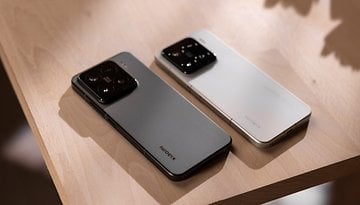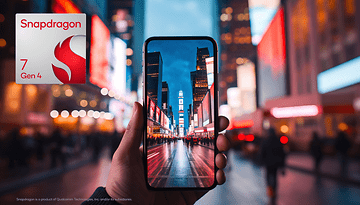A New Strategy? Xiaomi has Changes for its New Smartphones


Read in other languages:
Xiaomi already tried its hand at developing its very own smartphone chips in 2017 with the Surge S1 and S2. However, these quickly disappeared from the scene. A new attempt seems to be underway to take on Qualcomm's premium chipsets based on whispers in the industry.
When the history of smartphones kickstarted, a classic division of labor was adopted by PC manufacturers: One manufacturer developed and built the devices, while another supplied the processors. In addition to Qualcomm, Nvidia, and Texas Instruments were also among the industry giants who jostled in this segment in the early days.
However, more and more smartphone manufacturers began to use the specifications of British developer ARM for their own designs. In addition to Apple, this also applies to Google, Huawei, and Samsung, for example.
Powerful SoC for their own smartphones
Now another major player in this field appears to want to increasingly rely on in-house chips in the future, as SamMobile reported. Xiaomi already unveiled its own smartphone SoCs in the lower performance range in 2017 and 2018 under the names Surge S1 and S2. However, it appears this development was not pursued further. Instead, the manufacturer opted for Qualcomm SoCs after a while.
Now, a new system-on-a-chip is apparently in the starting blocks, which is referred to as the Xring 01. Development of the processor is said to have begun four years ago. The costs are said to have amounted to $13.5 billion. A total of 2,500 developers were said to have worked on it. However, information about the chip is still very scarce.
3 nanometers tech and 19 million transistors
However, Xiaomi apparently wants to unveil a new smartphone this month, which will be assigned to the high-end segment and equipped with its own chip. The company only recently unveiled the Xiaomi 15 and the Xiaomi 15 Ultra. According to initial benchmarks, the Xring processor should offer comparable performance to the existing Qualcomm Snapdragon 8 Elite and even outperform Samsung's Exynos 2400.
The processor is said to feature ten CPU cores, which are manufactured by TSMC with a structure with a width of three nanometers. Xiaomi is, therefore, relying on the most modern manufacturing process available at the moment. A total of 19 million transistors were said to be available. However, no details regarding the type of CPU cores have been disclosed. Most manufacturers of chips for smartphones, such as MediaTek and Samsung, use the fully developed Cortex CPU cores from ARM, which will be known as "Lumex" in the future.
The same applies to the graphics unit. Only Apple has been able to demonstrate its capabilities here in the recent past. Qualcomm also uses its own GPU, the Adreno, but this was once taken over by AMD. It is hence no coincidence that "Adreno" and "Radeon" use the same letters.



















